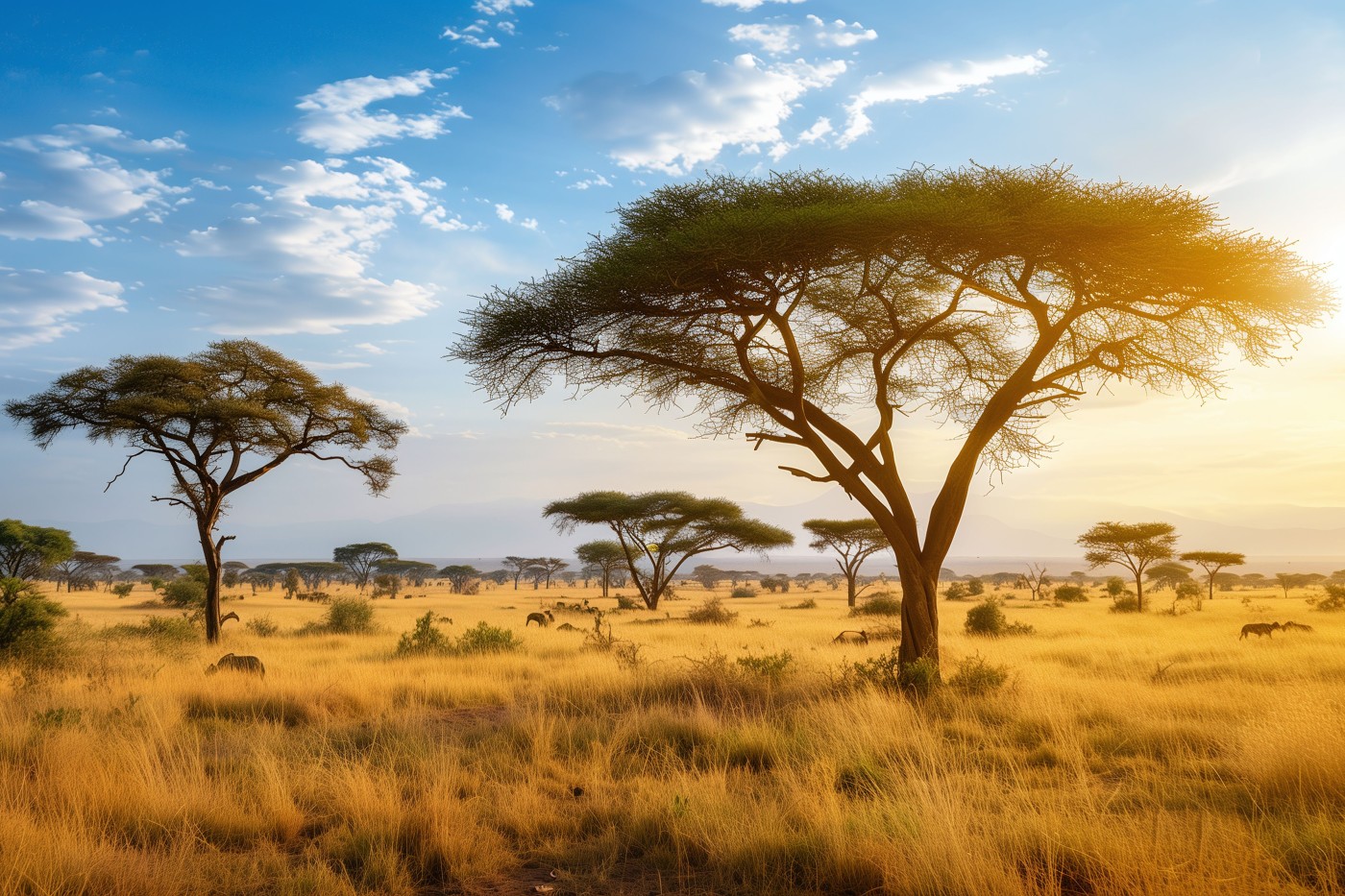Planning a trip to Africa and wondering about the best time to visit Africa? You’re in for an incredible adventure! Africa is a vast and diverse continent with something unique to offer throughout the year. From the sprawling savannahs of East Africa to the vibrant cultures of West Africa, the best time to visit Africa depends on what you want to see and do. Let’s dive into a comprehensive guide to help you plan your perfect African getaway.
Understanding Africa’s Regions and Seasons
Before we get into the specifics, it’s essential to understand that Africa is enormous and incredibly diverse. The best time to visit Africa can vary greatly depending on the region you plan to explore. Generally, Africa experiences wet and dry seasons, as well as cool and hot seasons. The equator runs through the middle of the continent, creating a tropical climate in many areas, while the northern and southern regions have more desert and temperate conditions, respectively. Keeping these factors in mind will help you determine the best time to visit Africa for your dream vacation.
North Africa: Deserts, Beaches, and Historic Sites
Best time to visit: October to April
North Africa is a treasure trove of ancient history, stunning desert landscapes, and beautiful beaches. The best time to visit Africa’s northern region is during the cooler months of October to April when temperatures are more comfortable for exploring historic sites and enjoying outdoor activities.
Weather conditions and temperatures
During these months, you can expect pleasant daytime temperatures ranging from 68°F to 86°F (20°C to 30°C), although nights can be significantly cooler, especially in desert areas. This time of year also sees less rainfall, making it ideal for sightseeing and adventure activities.
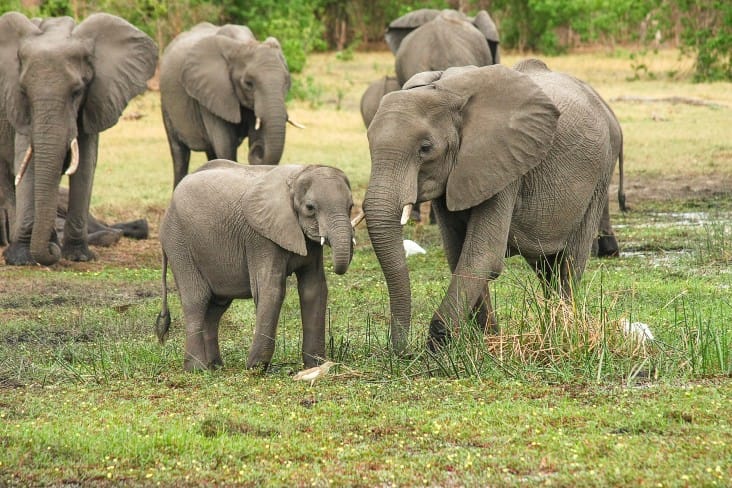
Major attractions and events
- Exploring desert landscapes: Visit the Sahara Desert in Morocco, Egypt, or Tunisia for camel treks, 4×4 adventures, or even hot air balloon rides over ancient temples.
- Beach destinations: Relax on the beautiful Mediterranean coastlines of Egypt, Morocco, and Tunisia. The Red Sea coast in Egypt also offers excellent opportunities for water sports and coral reef exploration.
- Historic sites and cultural experiences: Explore ancient Egyptian temples and pyramids, or wander through the historic medinas and souks of Morocco and Tunisia.
Pros and cons of visiting in the recommended period
Pros: Mild weather, fewer tourists, and ideal conditions for outdoor activities make this the best time to visit Africa’s northern region.
Cons: Nights can be cold in desert areas, and you might experience some rain showers, particularly in the coastal regions.
East Africa: Wildlife Safaris and Mountain Treks
Best time to visit: June to October, January to February
East Africa is a dream destination for wildlife enthusiasts and adventure seekers. The best time to visit Africa’s eastern region coincides with the dry seasons, from June to October and January to February, when wildlife viewing is at its peak, and trekking conditions are ideal.
Weather conditions and temperatures
During these months, daytime temperatures typically range from 70°F to 85°F (21°C to 29°C), with cooler temperatures at higher elevations. Rainfall is minimal, making it easier to spot wildlife and enjoy outdoor activities.
Wildlife experiences and safaris
- The Great Migration: Witness the awe-inspiring Great Migration in Kenya’s Maasai Mara and Tanzania’s Serengeti, where millions of wildebeest, zebra, and gazelles traverse the plains in search of greener pastures. This is undoubtedly one of the most spectacular events to witness when considering the best time to visit Africa.
- Gorilla trekking: Embark on a once-in-a-lifetime adventure to see mountain gorillas in their natural habitat in Uganda’s Bwindi Impenetrable Forest or Rwanda’s Volcanoes National Park.
Mountain trekking and adventure activities
- Mount Kilimanjaro: Tackle Africa’s highest peak in Tanzania during the dry seasons for the best trekking conditions and stunning views.
- Mount Kenya: Explore Kenya’s highest mountain and enjoy the unique landscapes and challenging treks it offers.
Pros and cons of visiting in the recommended periods
Pros: Excellent wildlife viewing, ideal trekking conditions, and fewer mosquitoes make these the best times to visit Africa‘s eastern region.
Cons: Peak tourist seasons can result in higher prices and more crowded parks. Additionally, the June to October period may have cooler temperatures at higher elevations.
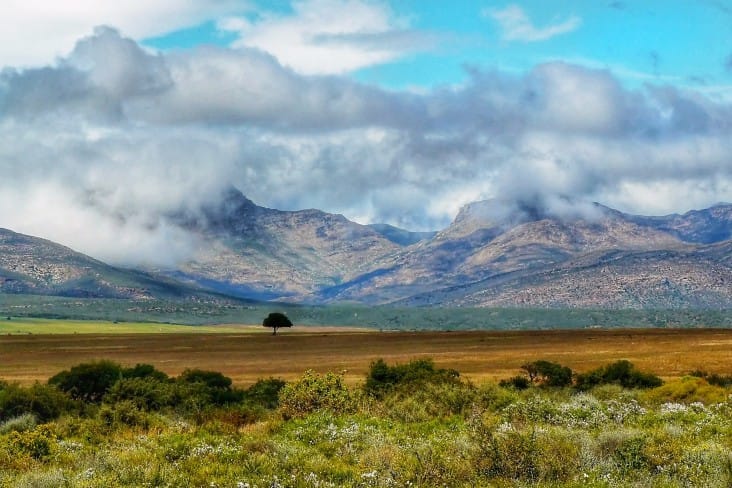
Southern Africa: Diverse Landscapes and Adventure
Best time to visit: May to October
Southern Africa offers a diverse range of landscapes and adventures, from the stunning Victoria Falls to the thrilling safaris in South Africa, Botswana, and Zimbabwe. The best time to visit Africa’s southern region is during the dry season, from May to October, when wildlife viewing is excellent, and rainfall is minimal.
Weather conditions and temperatures
During these months, daytime temperatures typically range from 65°F to 80°F (18°C to 27°C), with cooler temperatures at higher elevations and in the southernmost regions. Rainfall is scarce, making it easier to spot wildlife and enjoy outdoor activities.
Major attractions and events
- Victoria Falls: Marvel at the world’s largest waterfall, located on the border of Zambia and Zimbabwe. The dry season is an ideal time to visit, as the water levels are lower, and the views are more spectacular.
- Safaris: Explore renowned national parks like Kruger National Park in South Africa, Chobe National Park in Botswana, and Hwange National Park in Zimbabwe for exceptional wildlife viewing opportunities.
- Adventure activities and scenic landscapes: Engage in various adventure activities, such as white-water rafting, bungee jumping, or scenic helicopter flights over Victoria Falls. Explore the stunning landscapes of Namibia, from the towering sand dunes of Sossusvlei to the hauntingly beautiful Deadvlei.
Pros and cons of visiting in the recommended period
Pros: Excellent wildlife viewing, minimal rainfall, and ideal conditions for adventure activities make this the best time to visit Africa’s southern region.
Cons: Peak tourist seasons can result in higher prices and more crowded attractions. Additionally, the May to October period may have cooler temperatures in the southernmost regions.
West Africa: Cultural Experiences and Eco-Tourism
Best time to visit: October to January
West Africa is a vibrant and culturally rich region, offering unique experiences and eco-tourism opportunities. The best time to visit Africa’s western region is during the cooler and drier months of October to January when temperatures are more comfortable, and rainfall is minimal.
Weather conditions and temperatures
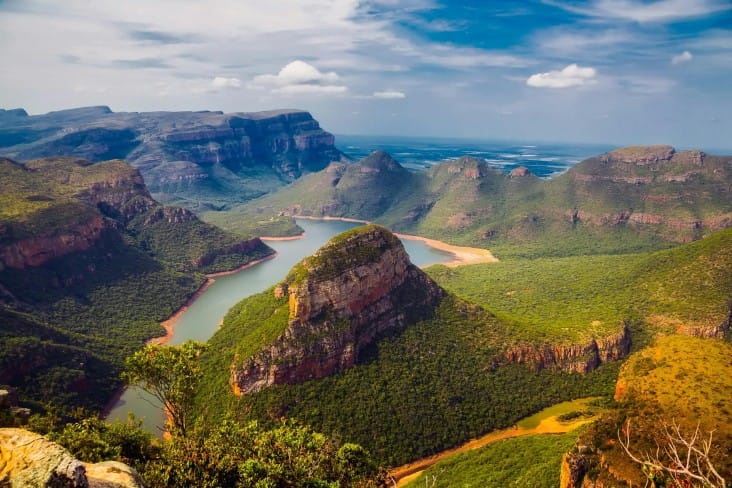
During these months, daytime temperatures typically range from 75°F to 90°F (24°C to 32°C), with cooler temperatures in the evenings. Rainfall is less frequent, making it easier to explore the region’s cultural attractions and natural wonders.
Cultural experiences and festivals
- Traditional festivals: Immerse yourself in the vibrant cultures of Ghana and Nigeria by attending traditional festivals, such as the Akwasidae Festival in Ghana or the Calabar Carnival in Nigeria.
- Eco-tourism: Explore the lush rainforests and mangroves of Senegal and The Gambia, or visit the stunning beaches and coastal villages of Sierra Leone and Liberia.
Pros and cons of visiting in the recommended period
Pros: Comfortable temperatures, minimal rainfall, and unique cultural experiences make this the best time to visit Africa’s western region.
Cons: Some attractions and accommodations may be closed or have reduced hours during the low tourist season. Additionally, the October to January period may have cooler temperatures in the evenings.
Central Africa: Rainforests and River Adventures
Best time to visit: June to September
Central Africa is a lush and verdant region, home to the world’s second-largest rainforest and the mighty Congo River. The best time to visit Africa’s central region is during the drier months of June to September when rainfall is minimal, and travel conditions are more favorable.
Weather conditions and temperatures
During these months, daytime temperatures typically range from 75°F to 85°F (24°C to 29°C), with high humidity levels. Rainfall is less frequent, making it easier to explore the region’s rainforests and rivers.
Major attractions and events
- River cruises: Embark on a river cruise along the Congo River or its tributaries, such as the Oubangui River, to explore the region’s diverse wildlife and unique cultures.
- Exploring rainforests: Venture into the lush rainforests of the Democratic Republic of the Congo and Gabon to discover their incredible biodiversity and stunning landscapes.
Pros and cons of visiting in the recommended period
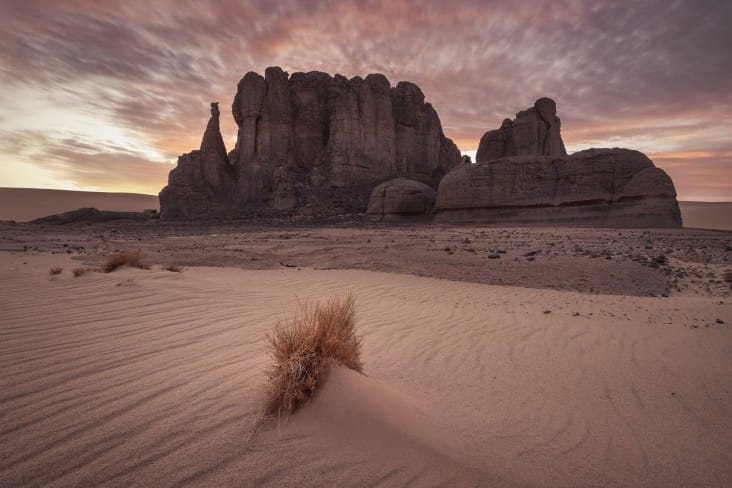
Pros: Minimal rainfall, better travel conditions, and unique wildlife experiences make this the best time to visit Africa’s central region.
Cons: High humidity levels and the potential for heavy rain showers may make some activities less enjoyable. Additionally, the June to September period may have higher prices and more crowded attractions in popular tourist destinations.
Weather Considerations
When determining the best time to visit Africa, it’s crucial to consider the diverse climate zones and weather patterns across the continent. Africa’s vast size and varied landscapes result in a wide range of weather conditions, from the arid deserts of North Africa to the lush rainforests of Central Africa. Understanding the specific weather patterns of the regions you plan to visit will help you make an informed decision about the best time to visit Africa for your dream vacation.
Wildlife Viewing and Safaris
For many travelers, the best time to visit Africa coincides with the optimal wildlife viewing opportunities. Planning your safari based on animal migrations, breeding seasons, and weather conditions can significantly enhance your wildlife experience. In general, the dry seasons offer the best wildlife viewing, as animals congregate around water sources, and vegetation is less dense, making it easier to spot them. However, the wet seasons can also provide unique opportunities to witness animal births and lush landscapes.
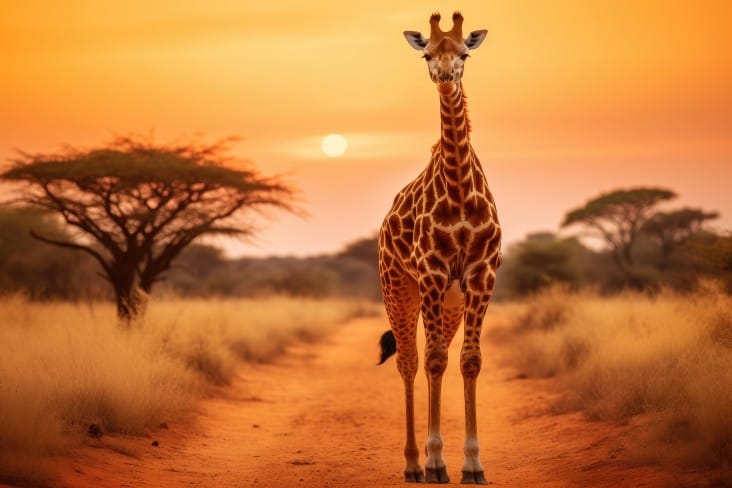
Budget and Crowd Considerations
Budget and crowd levels are essential factors to consider when determining the best time to visit Africa. Peak tourist seasons, such as the Great Migration in East Africa or the dry season in Southern Africa, tend to be more crowded and expensive. If you’re looking to save money and avoid crowds, consider visiting during the shoulder or low seasons, when prices are lower, and attractions are less crowded. However, keep in mind that some attractions and accommodations may have reduced hours or be closed during the low season.
Special Events and Festivals
Africa is a continent rich in culture and traditions, offering a wide range of special events and festivals throughout the year. When planning your trip, consider the unique cultural experiences you’d like to have and schedule your visit accordingly. For example, the best time to visit Africa for the Calabar Carnival in Nigeria is in December, while the Akwasidae Festival in Ghana takes place every six weeks. Researching and incorporating these events into your travel plans can create unforgettable memories and enhance your overall African experience.
Conclusion
In conclusion, the best time to visit Africa ultimately depends on your personal preferences, the regions you plan to explore, and the specific experiences you hope to have. Whether you’re drawn to the ancient history of North Africa, the thrilling wildlife safaris of East Africa, or the vibrant cultures of West Africa, there’s no one-size-fits-all answer to the best time to visit Africa. By understanding the diverse weather patterns, wildlife viewing opportunities, and cultural events across the continent, you can plan your dream African adventure tailored to your unique interests and preferences. So, pack your bags and get ready to embark on an unforgettable journey to the world’s second-largest continent – no matter when you choose to visit, Africa is sure to leave a lasting impression!

